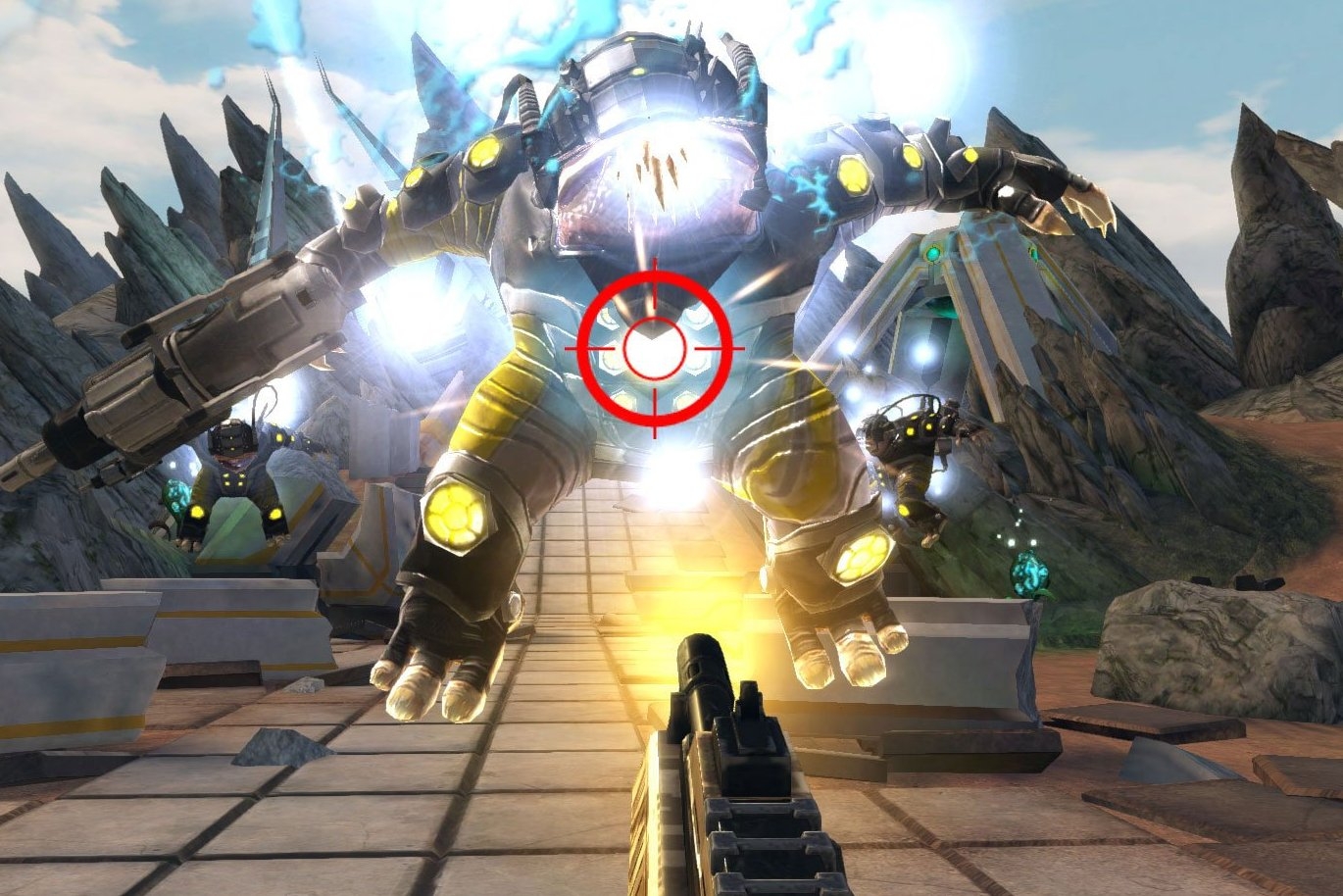 I remember back in the day when the idea of having a cap on your mobile data was the stuff of dystopian nightmares, up there with having to face sentient machines bent on our destruction. Unfortunately, as soon as mobile companies figured out they could cap us at will, the experience of gaming-on-the-go changed immediately. No longer was the question whether you had mobile signal or not but whether the amount of data a game consumed made it a viable pastime outside of wifi range.
I remember back in the day when the idea of having a cap on your mobile data was the stuff of dystopian nightmares, up there with having to face sentient machines bent on our destruction. Unfortunately, as soon as mobile companies figured out they could cap us at will, the experience of gaming-on-the-go changed immediately. No longer was the question whether you had mobile signal or not but whether the amount of data a game consumed made it a viable pastime outside of wifi range.
Fortunately for us, a group of Duke University researchers has been developing a new tool that seeks to provide the same gaming experience on mobile at a fraction of the bandwidth. The researchers have developed a cloud-based tool called “Kahawai" (which means “stream" in Hawaiian) that reduces the amount of data sent out from a server by using a technique called “collaborating rendering." This technique lets the mobile device perform some of the processing that would normally be done on the server. Unlike “cloud gaming" technology, which lets the server do all the heavy processing, Kahawai utilizes the mobile device’s GPU to do some of the work required in playing online. The mobile device creates a rough sketch of each frame and then sends it to the server, which in turn generates the fine-grained images based on the rouch sketches. So, by sharing the workload, the mobile device sends less data to the server (tap here if you want to read the report in more detail).
I know the immediate question you all have is whether this tool will only work on powerful mobile devices and whether it will work for fast-paced games. According to the researchers, the extra workload on the mobile device is less than a few percent, and more typically the additional load is negligible. As for the response time, the researchers have been running tests with 50 veteran gamers and have found no difference in response time with or without Kahawai, which bodes well for the system’s real world applicability.
Still, there’s work to be done for this tool to go from development to widespread use. Kahawai would have to be integrated with the gaming engine, and the games would have to be written on top of the Kahawai-enabled engine. The developers didn’t go into specifics regarding how complicated integrating Kawahai could be, but I have a hunch that many companies will be hesitant to alter their game engines unless there’s pressure from gamers or the mobile data allotments become so miniscule that gaming without a wifi connection becomes almost impossible. What I’m glad to see, though, is that there are researchers out there looking for solutions to the current issues that are, at least to a degree, hindering mobile gaming development.
